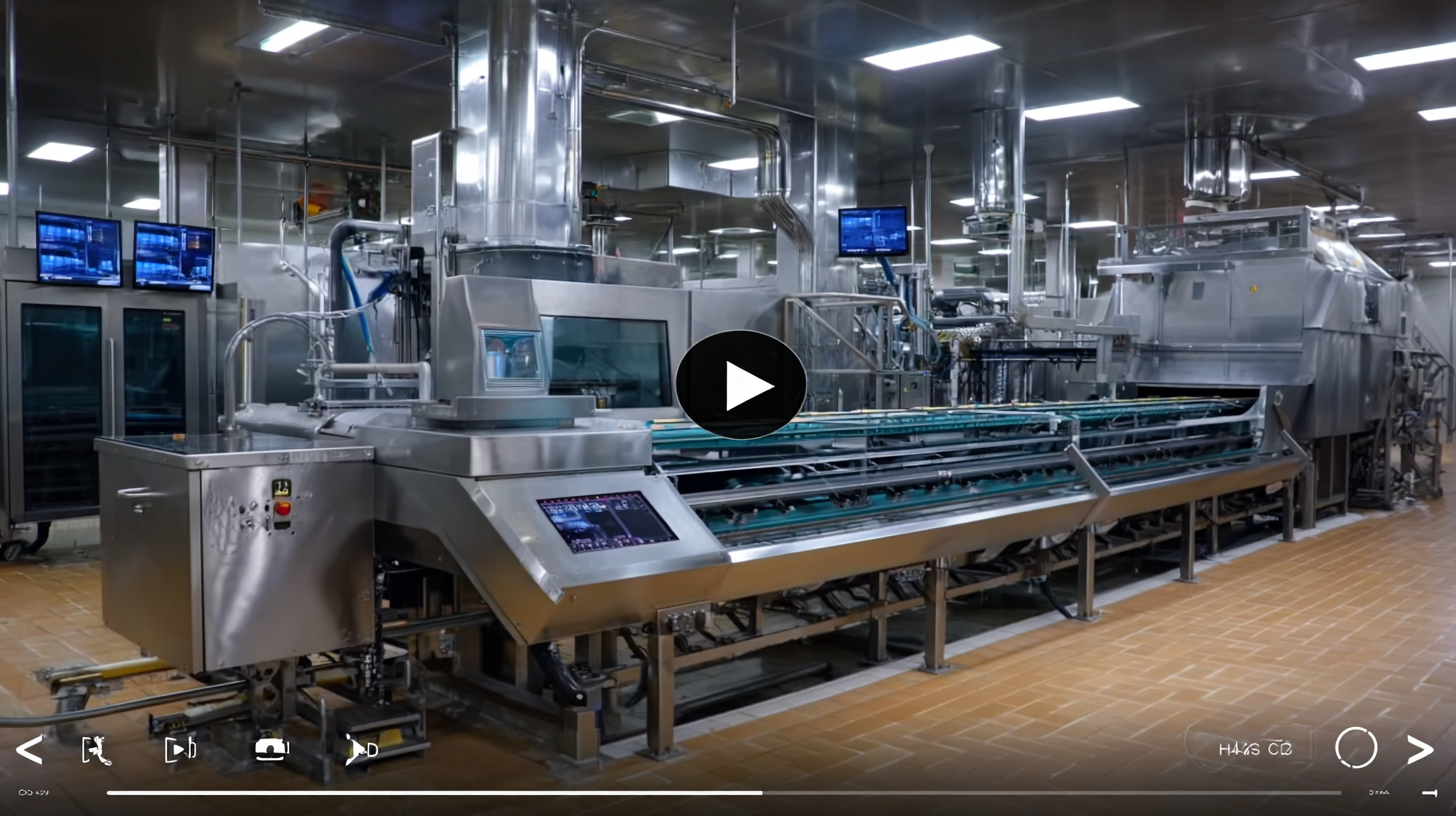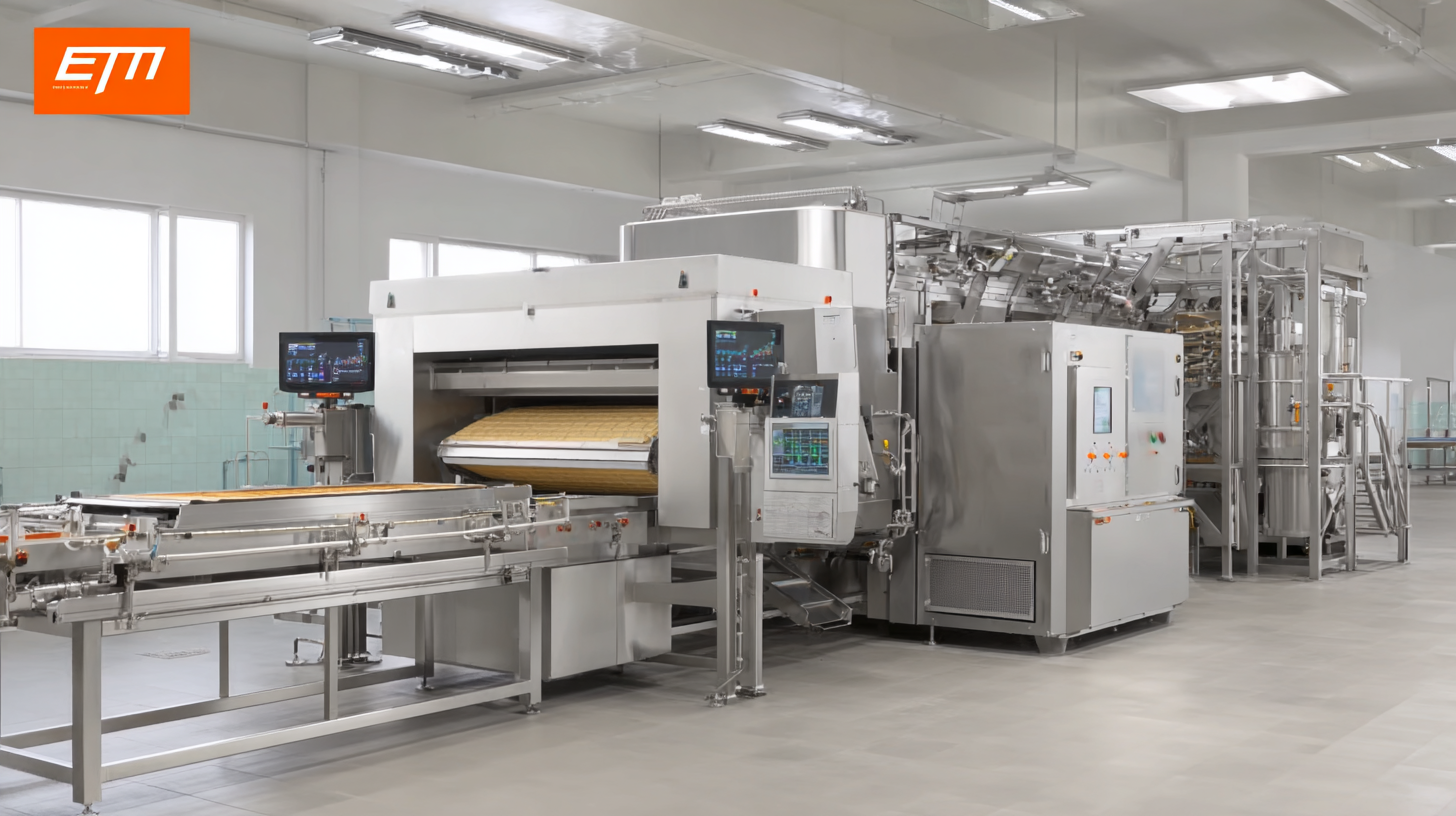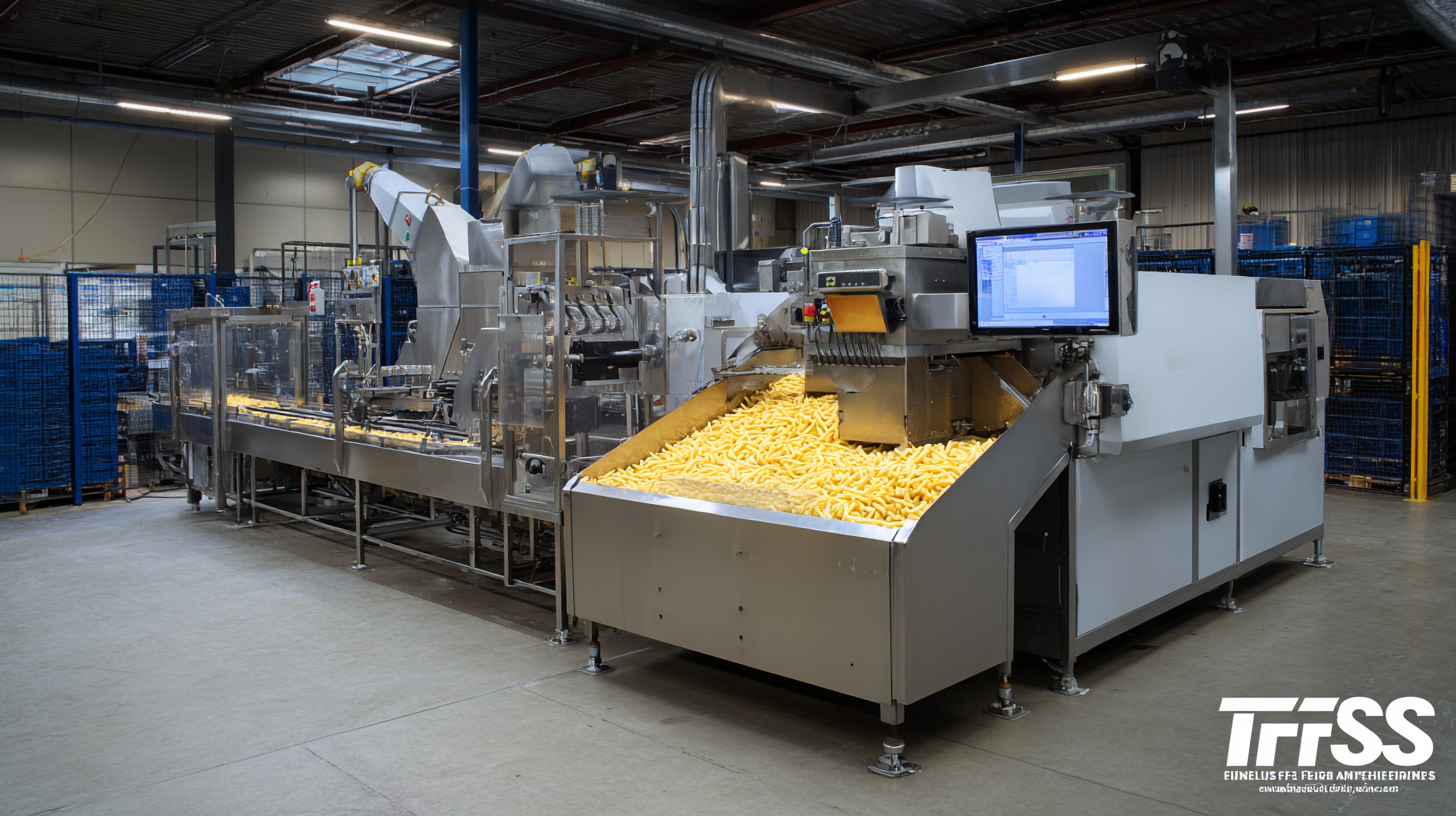
In the ever-evolving landscape of the food processing industry, French fries processing machines are poised to play a crucial role in shaping the future of snack production. As consumer demand for high-quality, crispy fries continues to rise, the global market for French fries processing equipment is projected to witness remarkable growth, with reports estimating an annual increase of over 5% through 2025. This surge is largely driven by advancements in technology, emphasizing automation and efficiency, which enable manufacturers to streamline operations while maintaining product integrity. Furthermore, as health-conscious trends influence consumer preferences, manufacturers of French fries processing machines are adapting by incorporating features that facilitate healthier preparation methods. Embracing these innovations will be essential for companies aiming to stay competitive in this lucrative market, and understanding these trends is imperative for navigating the future of potato processing.

As we look towards 2025, the landscape of French fry processing technologies is poised for significant transformation. One of the most notable trends is the integration of automation and artificial intelligence in processing machines. This shift not only enhances efficiency but also ensures a more consistent quality of French fries. With smart technology, operators can monitor the frying process in real-time, adjusting temperatures and cooking times for optimal results while minimizing waste and energy consumption.
Moreover, sustainability will play a crucial role in shaping the future of French fry processing equipment. Manufacturers are increasingly focusing on eco-friendly practices, such as using energy-efficient fryers and biodegradable packaging solutions. Additionally, innovations in waste management will allow for better utilization of raw materials and a reduction in byproducts. As consumer demand shifts towards healthier and more sustainable options, processors who adapt to these trends will not only meet market expectations but also set themselves apart in a competitive industry.
As we look towards the future of French fry production, automation emerges as a game-changer in enhancing efficiency and consistency. In 2025, we can expect to see advanced processing machines that integrate robotics and artificial intelligence, simplifying tasks that were once labor-intensive. Automation can significantly reduce the time required for activities such as cutting, frying, and packaging, allowing manufacturers to meet increasing consumer demand without sacrificing quality.
Moreover, the use of automated systems can lead to more precise control over cooking parameters and ingredient handling, resulting in a more uniform product. This not only enhances the taste and texture of the fries but also minimizes waste through better resource management. The transition to automated processing will require adaptation from manufacturers, including investment in new technologies and training personnel to work alongside these sophisticated machines. Embracing these changes will be crucial for staying competitive in the fast-evolving food industry landscape, ensuring that businesses can deliver the perfect fry with speed and efficiency.
| Dimension | 2023 Data | 2024 Forecast | 2025 Trends |
|---|---|---|---|
| Average Production Speed (kg/hour) | 1500 | 1650 | 1800 |
| Percentage of Automated Processes (%) | 40 | 55 | 75 |
| Labor Costs per Batch ($) | 500 | 450 | 300 |
| Energy Consumption per kg (kWh) | 1.2 | 1.1 | 1.0 |
| Waste Percentage (%) | 8 | 6 | 4 |
As the demand for high-quality French fries continues to grow, the processing machines used in their production are evolving to incorporate more sustainable practices. The future of eco-friendly fry processing machines is not just a trend but a necessity in the food industry. Manufacturers are increasingly focusing on innovations that minimize water and energy consumption while maximizing efficiency. These advancements not only reduce the carbon footprint but also appeal to the environmentally conscious consumer.

Tip: One effective way to integrate sustainability into your fry processing operations is to invest in machines that utilize energy-efficient technologies. For instance, look for machines that are designed to operate with lower energy requirements without compromising quality. Additionally, explore options for recycling waste products generated during processing, as this can significantly enhance your sustainability profile.
Another key trend is the use of biodegradable materials in packaging and processing. As consumers seek responsibly sourced products, adopting biodegradable packaging can create a competitive edge. This not only satisfies consumer preferences but also aligns with regulatory pressures to adopt greener practices.
Tip: Collaborate with suppliers and manufacturers who prioritize sustainable materials. By selecting eco-friendly packaging solutions, you can ensure greater sustainability throughout your supply chain while meeting the growing demand for responsible food processing methods.
As the global market for potato products continues to evolve, emerging consumer preferences are significantly shaping the innovations in fry processing technologies. Health-conscious consumers increasingly demand fries that not only satisfy their cravings but also align with their dietary choices. This has led to a surge in the popularity of alternatives such as plant-based fries and veggie chips, which cater to a growing appetite for nutritious snacking options. The influence of these trends has prompted manufacturers to explore innovative flavor engineering techniques that enhance taste while incorporating healthier ingredients.
Moreover, sustainability is becoming a paramount concern for consumers, compelling fry processing machines to adapt to eco-friendly practices. The rise in gourmet flavor varieties and sustainable packaging options highlights a shift towards environmentally conscious production methods. With reports indicating substantial growth in the frozen potato market, driven by fast food industry's expansion, the importance of technology alongside health and environmental trends becomes evident. Adapting to these changing consumer demands will be crucial for fry processing manufacturers aiming to remain competitive in 2025 and beyond.
As the French fry industry evolves, data-driven strategies are becoming crucial for businesses looking to thrive in a competitive market. By harnessing analytics, companies can better understand consumer preferences and shifting trends. For instance, analyzing purchasing patterns can reveal the rising demand for healthier alternatives, prompting producers to innovate with low-oil frying techniques or alternative potato varieties. Additionally, employing data analytics can help in optimizing supply chain operations, ensuring fresher ingredients and minimizing waste.

Moreover, the integration of smart technology into processing machines is set to revolutionize the industry. Automated systems equipped with IoT capabilities can collect real-time data, enabling manufacturers to monitor and adjust cooking times and temperatures for consistent quality. This not only enhances product taste and texture but also significantly boosts efficiency and reduces operational costs. As businesses prepare for 2025, embracing these data-driven approaches will be instrumental in adapting to consumer demand and staying ahead in the fast-paced food market.